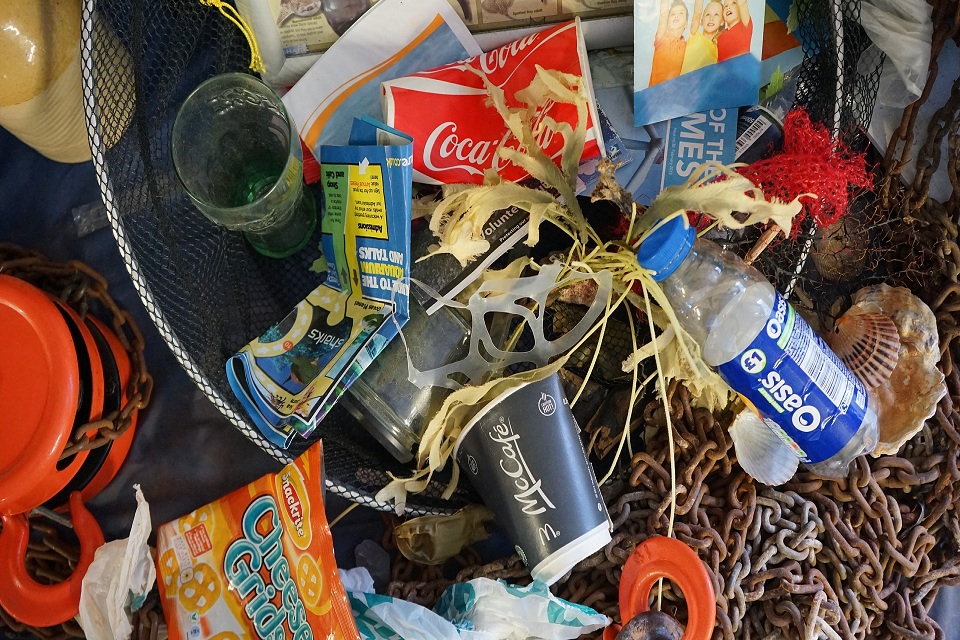The productivity of a plastic manufacturing unit depends not only on the machines used or the concepts employed, but also on the quantity and quality required.

If the demand is extremely low and the product design is of minuscule dimensions, you can employ a method that can be scaled down for home use. For producing bigger products for a larger population, however, you will have to invest in more complex machinery and techniques.
This is because a low-investment technique involves semi-automated processes that are more craft-based.
Injection moulding is the most commonly used methods to develop complex and strong products from advanced plastic materials. However, injection moulding is productive only in large industrial ecosystems where the demand is high. Using it for low-volume production won’t make sense.
For intermediate demands, rotational moulding, casting and fabrication are the more useful and economical techniques.
But with an intelligent strategy for identifying the right method, all plastic-making methods can be used to their fullest potential to draw maximum revenue and thus create a successful business model.
For the scope of this write-up, we will brief three of the methods we think are the most efficient.
Blow Moulding
- This method produces products from HDP and PET plastics.
- Hot air is blown into the parison – a pre-formed tube of semi-molten plastic that expands to fill a cavity formed by a two part metallic mould.
- The tube can be injection-moulded to form a threading or extruded as a tube, pinched at one end, and again expanded to fill the cavity of a two part metal mould.
- This technique is used to produce bottles and containers and other hollow objects.
- Blow moulding is used for high-volume production.
Casting
- Traditionally used for producing metal products, this method is now being used for making plastic components too.
- This method employs phenol formaldehyde as the liquid resin and polymethyl methacrylate and polyurethane as the molten plastic. It is poured into an open mould designed in the product’s shape and dimensions.
- Once cooled, it solidifies to form the product.
- Casting is usually a craft process and thus is ideal for low-production needs.
- It is generally used for producing sheets, rods, tubes, radio housings, and jewellery.
- This method produces products out of any plastic, and ideally HDPE, polystyrene and polyvinyl chloride. It is can also use (all) synthetic fibres.
- Plastic pellets are fed into a heated cylinder and driven forward by a turning screw that compacts and melts them and forces the melt through a die at the end, creating continuous lengths of shapes with the desired profile.
- Once the plastic shape is formed it is cooled by air or water.
- With a high-production volume, it can cater to limited order lengths.
- Extrusion can produce any product with a constant cross section, including tubing, pipe,; sheets, films, cable sheathings, etc.
Injection Moulding
- Any thermoplastic melt can be used as the forming material for injection moulding.
- Molten plastic is fed into a metal mould with branching and driven forward through a gate by a turning screw that compacts and melts them and forces the melt through a die at the end, creating continuous lengths of shapes with the desired profile.
- Once the desired shape is achieved, it is cooled and solidified.
- It can be used to produce large and small objects for industries including aerospace, automobile, oil & gas, etc.





